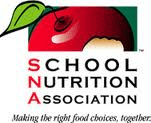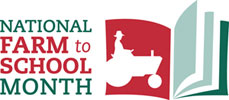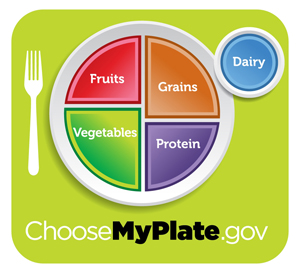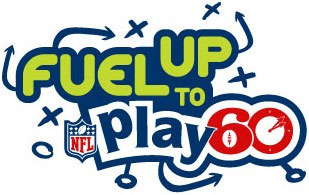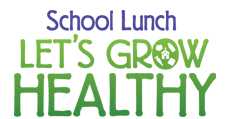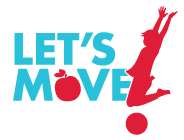Lunch plays a serious role in children's health and school performance. Studies have shown children skipping lunch are likely to have trouble concentrating in the classroom, lack energy for sports, and overeat low-nutrient snacks. Whether children eat lunch at home, enjoy lunch, or pack a lunch box, these ideas apply to all.
The goal of lunch is to provide a nutrient-rich meal to fuel our children’s brains and bodies for the afternoon. Look to create a lunch with a nutritional punch and appeal. Try the following ideas to create lunches your child will not waste.
Let Your Children Help Plan
When kids help plan their lunches, they are more likely to eat them. If your child's school has a lunch program, review the menus together and pick the ones they would enjoy. When kids eat school lunch, they are more likely to consume milk, meats, grains, and vegetables, which gives them a higher nutrient intake over the course of a day. School lunch is a great cost and nutritional value.
If your child prefers a lunch packed at home, create a method that works for both of you. Make a checklist of what your child likes in each food category. Agree on some protein, a grain, at least one fruit, and veggie, a dairy product (if not buying milk at school), and an optional small sweet or snack item.
Make a plan for the next week. Take about an hour of free time (and grab a child or partner to help) and bag items for each day, except sandwiches. The sandwiches should not be prepared ahead of time.
Variety is the Basis of Well-Balanced Nutrition
Don't worry if a child wants the same lunch for two weeks in a row. The child will probably change to something else before long. Workaround pickiness by creating a list of substitutes. For example, if sandwiches are in the "don't like" column, what else might work?
- Deli turkey + cheddar slices in roll-ups, pretzels, apple wedges
- Tortillas + cream cheese spiced with taco seasoning + rotisserie chicken rolled up and cut into pinwheels, cherry tomatoes
- Little salads with protein (cheese, nuts, beans)
- English muffin + marinara sauce + shredded mozzarella for homemade pizza bites, grapes
Make the Food Attractive
We eat with our eyes first. We are attracted to foods by the packaging so you can compete with the best. Use a reusable lunch bag or box with a favorite color or cartoon hero. Make foods as bright and colorful as a rainbow. Have fun with shapes and sizes — use cookie cutters on sandwiches or make mini-muffins. Endless possibilities.



